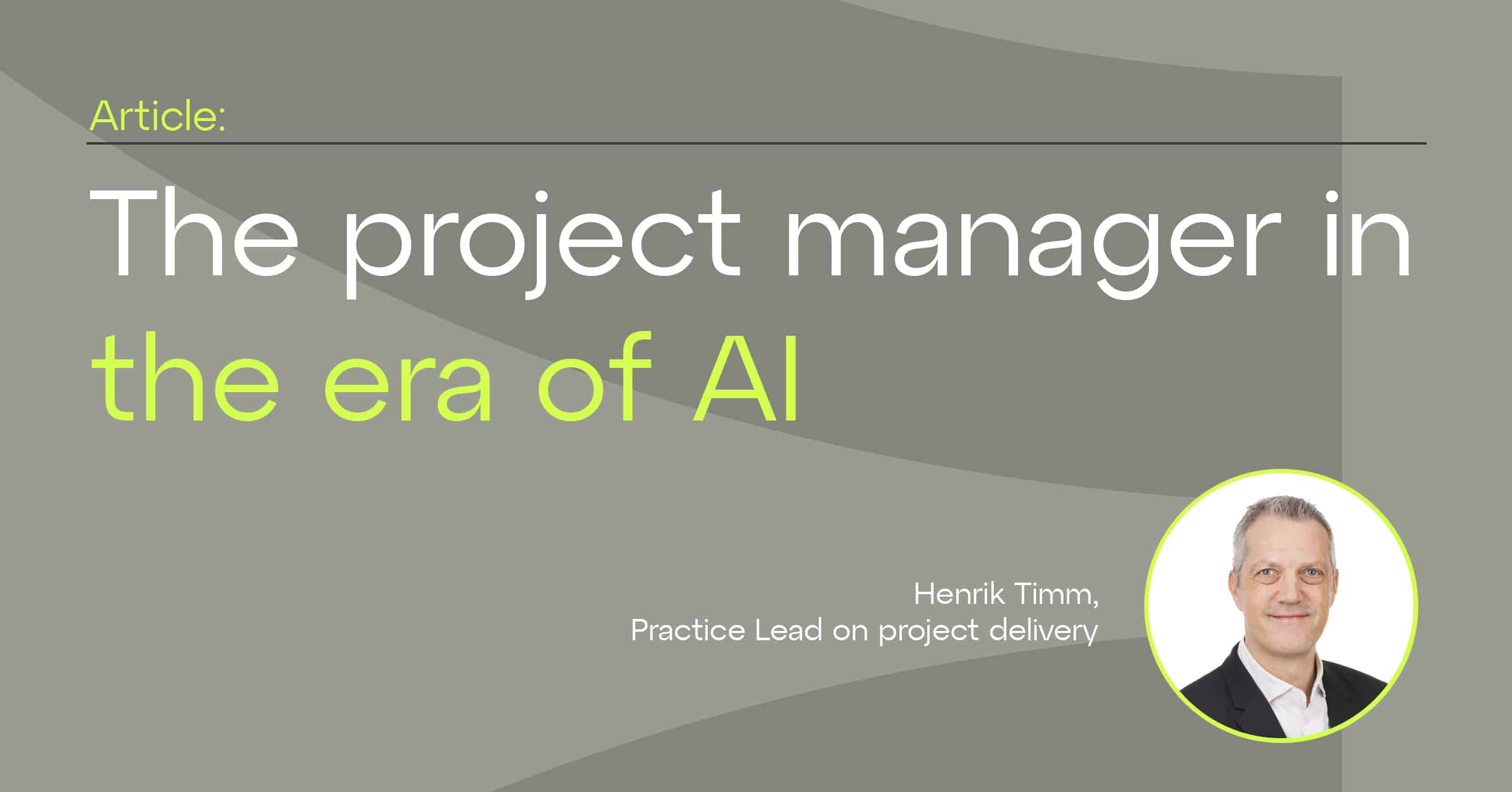The PMO is led by the project manager who allocates roles to individuals with the necessary skills and knowledge and who will manage the project on behalf of the organisation. The PMO drives the project from the start and becomes the source of knowledge for the project, ensuring best practice and procedures are adopted throughout.
Assessing the risks during project initiation
Critical to the success of any enterprise project is highlighting all risks during the initiation phase. While pitfalls should be considered in congruence with potential advantages, projects can easily go off track, for instance:
Ill-defined objectives can lead to scope creep. But with a detailed project roadmap and clear goals from the offset, the likelihood for a project to stretch beyond its original scope is reduced. Regular communication and frequent updates from the beginning also ensure team members stay within the parameters set out in the Project Charter.
Unrealistic financial targets can set budgets off-course. The initiation phase allows time for accurate budget planning, setting realistic costs for each element of the project, building suitable contingencies and not assuming a project will fall under budget. Regular budget reviews will keep costs in line with the original project scope and schedule to support staying on track.























